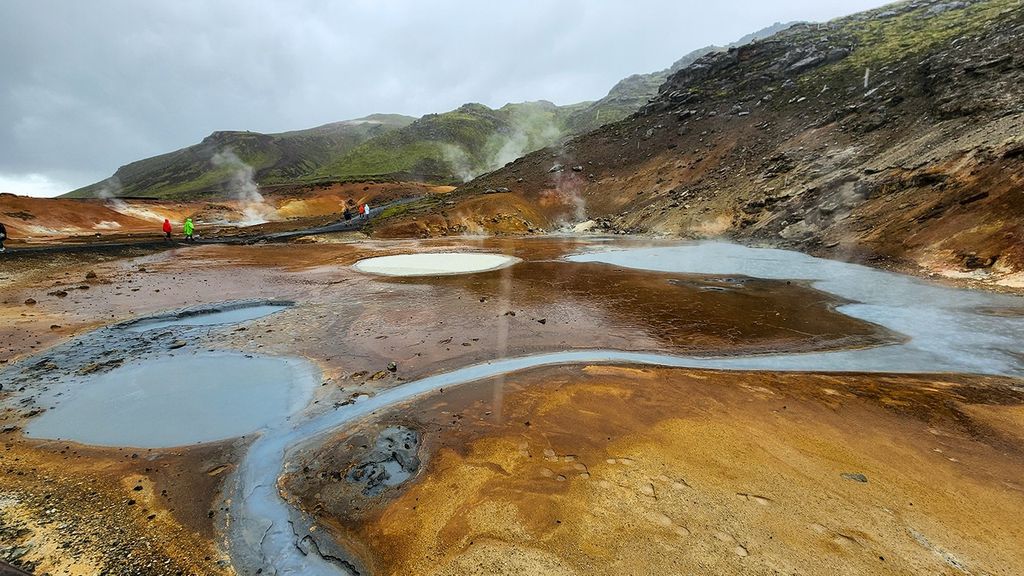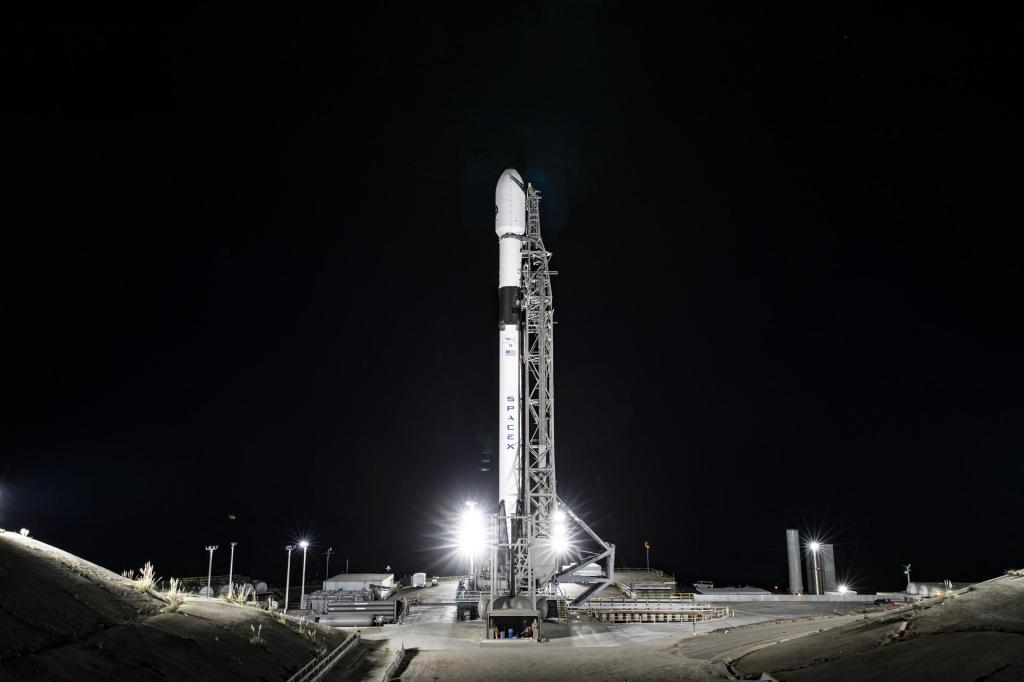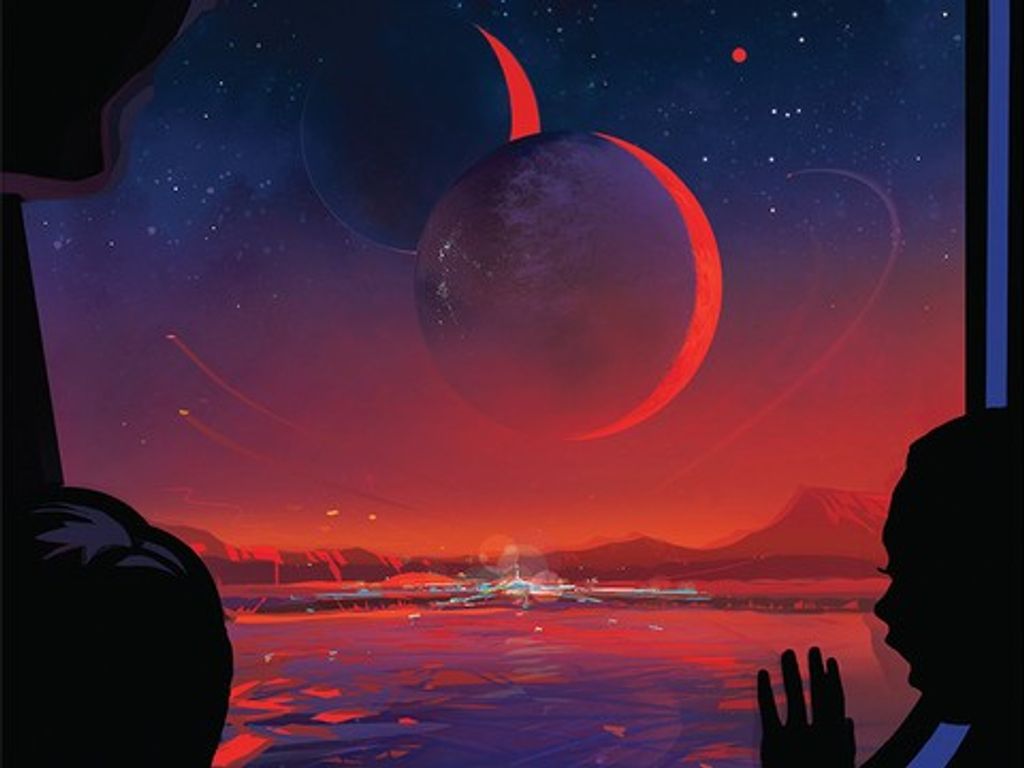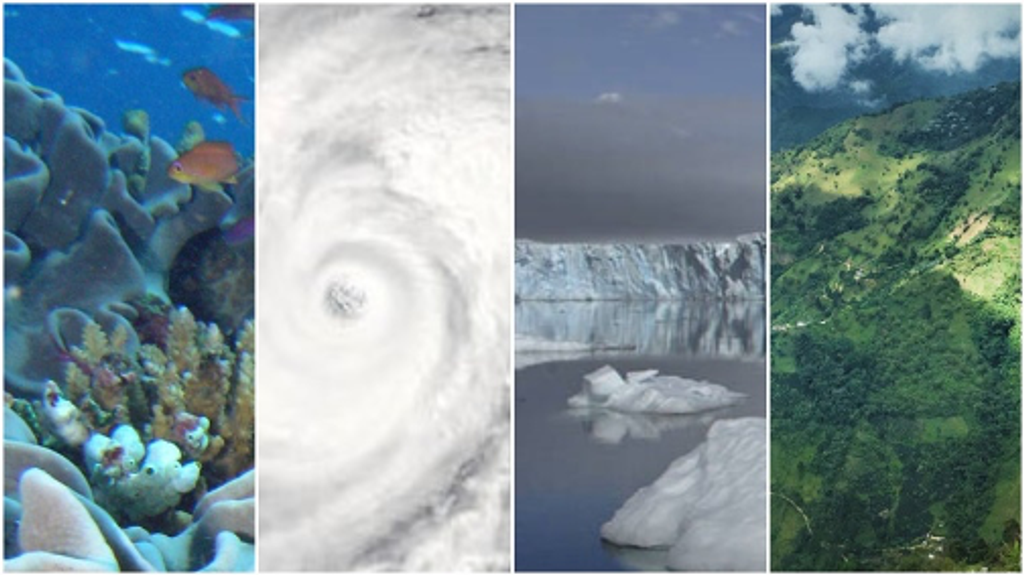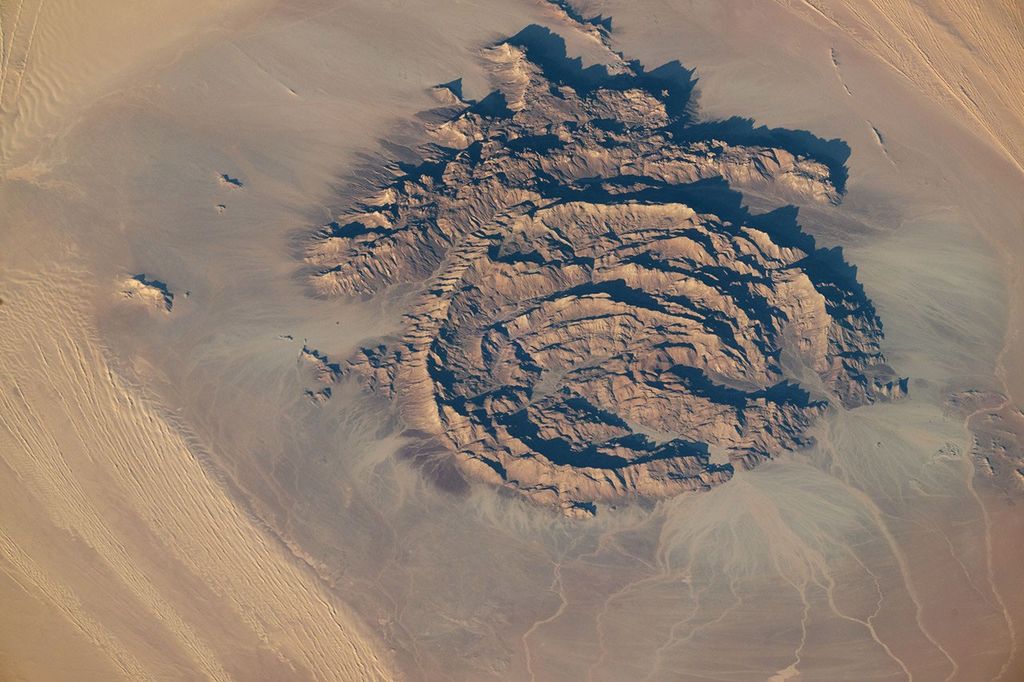1 min read
Stellar Winds and Radiation From Eruptive Star Eta Carinae Sculpt Gas and Dust

A small portion of the rough-and-tumble neighborhood of swirling dust and gas near one of the most massive and eruptive stars in our galaxy is seen in this NASA Hubble Space Telescope image. This close-up view shows only a three light-year-wide portion of the entire Carina Nebula, which has a diameter of over 200 light-years. Located 8,000 light-years from Earth, the nebula can be seen in the southern sky with the naked eye.
Dramatic dark dust knots and complex structures are sculpted by the high-velocity stellar winds and high-energy radiation from the ultra-luminous variable star called Eta Carinae, or Eta Car (located outside the picture). This image shows a region in the Carina Nebula between two large clusters of some of the most massive and hottest known stars.
The filamentary structure is caused by turbulence in the circumstellar gas, which in turn was caused by several stars shedding their outer layers. Cold gas mixes with hot gas, leaving a veil of denser, opaque material in the foreground. The chemical elements in the surroundings create a potential reservoir for new star formation. Areas in the brightest parts of the image at the top show elephant-trunk shaped dust clouds that may form into embryonic solar systems.
This Hubble image was taken in July 2002 as part of a parallel observing program. The Hubble telescope has several instruments that can be simultaneously used to look at slightly different portions of the sky. In this case, the Space Telescope Imaging Spectrograph was used to study Eta Carinae itself, while the Wide Field Planetary Camera 2 was used to take this image of the nebulosity near Eta Car. This parallel observing mode increases Hubble's efficiency and allows astronomers to probe parts of the sky that they would not otherwise be able to investigate.
Produced by the Hubble Heritage team, this color image is a composite of ultraviolet, visible, and infrared filters that have been assigned the colors blue, green, and red, respectively.
About the Object
- R.A. PositionR.A. PositionRight ascension – analogous to longitude – is one component of an object's position.10h 44m 58.33s
- Dec. PositionDec. PositionDeclination – analogous to latitude – is one component of an object's position.-59° 35' 56.05"
- ConstellationConstellationOne of 88 recognized regions of the celestial sphere in which the object appears.Carina
- DistanceDistanceThe physical distance from Earth to the astronomical object. Distances within our solar system are usually measured in Astronomical Units (AU). Distances between stars are usually measured in light-years. Interstellar distances can also be measured in parsecs.Approximately 8,000 light-years (2,500 parsecs)
- DimensionsDimensionsThe physical size of the object or the apparent angle it subtends on the sky.This image is roughly 1.2 arcminutes (2.9 light-years or 0.9 parsecs) wide.
About the Data
- Data DescriptionData DescriptionProposal: A description of the observations, their scientific justification, and the links to the data available in the science archive.
Science Team: The astronomers who planned the observations and analyzed the data. "PI" refers to the Principal Investigator.This image was created from HST data from the pure parallel program HST 9318: S. Casertano (STScI) and J. Frogel (OSU). - InstrumentInstrumentThe science instrument used to produce the data.HST>WFPC2
- Exposure DatesExposure DatesThe date(s) that the telescope made its observations and the total exposure time.July 4 - 5, 2002, Exposure Time: 1.6 hours
- FiltersFiltersThe camera filters that were used in the science observations.F450W (B), F606W (V), and F814W (I)
- Object NameObject NameA name or catalog number that astronomers use to identify an astronomical object.Carina Nebula,NGC 3372
- Object DescriptionObject DescriptionThe type of astronomical object.Bright Neubla in the Milky Way Galaxy
- Release DateNovember 6, 2003
- Science ReleaseHubble Photographs Turbulent Neighborhood Near Eruptive Star
- Credit

Related Images & Videos

Ground-Based Image of Carina Nebula (NGC 3372)
This image shows the Carina Nebula (NGC 3372), combining the light from 3 different filters tracing emission from oxygen (blue), hydrogen (green), and sulfur (red). The color is also representative of the temperature in the ionized gas: blue is relatively hot and red is cooler....
Share
Details
Claire Andreoli
NASA’s Goddard Space Flight Center
Greenbelt, Maryland
claire.andreoli@nasa.gov








